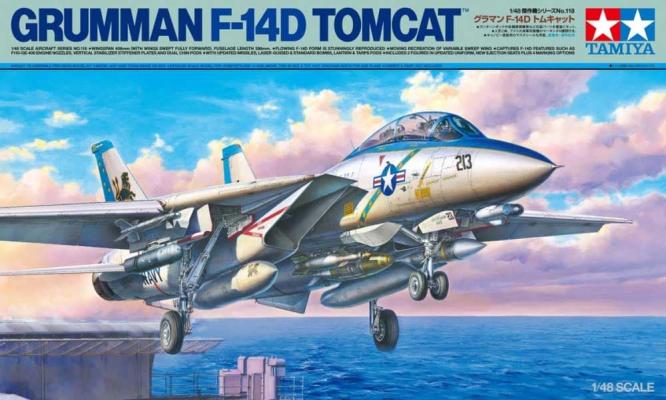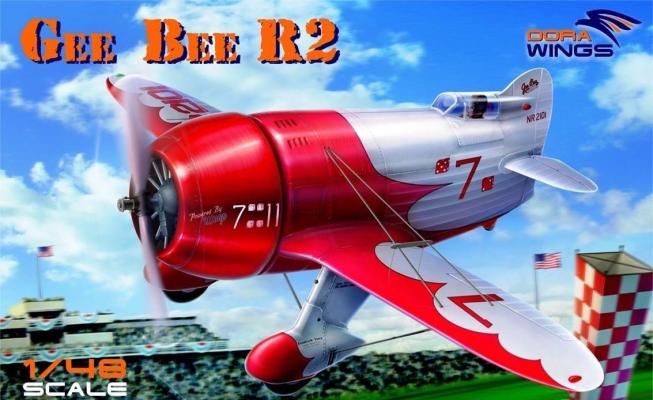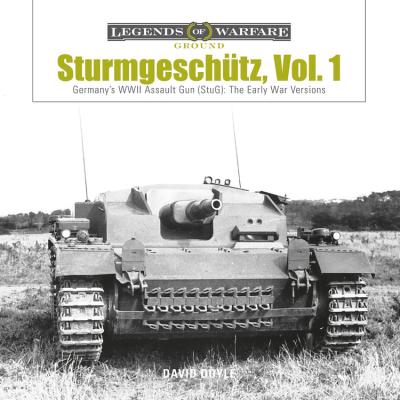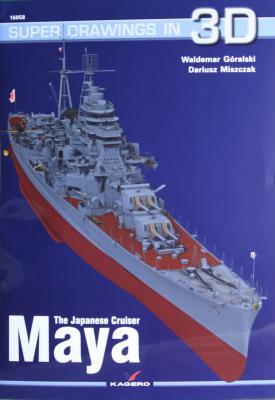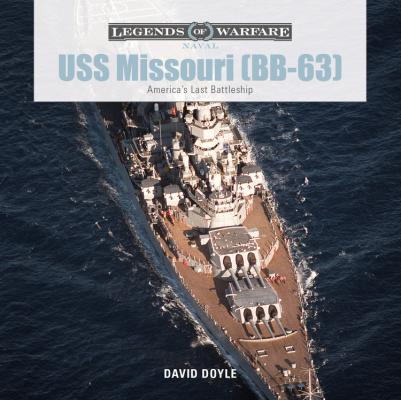I originally meant to split this into two parts but once I got started, I couldn’t stop. So, let’s finish off this magnificent kit. Last we left off, the airframe parts are together and ready for paint.
Welcome to the IPMS/USA Reviews site!
Introduction: The primary organization of the IPMS/USA Review website is by IPMS/USA National Contest Class. Within each Class there are sub-menus by kits, decals, books, etc. The Miscellaneous Class is for items that are not class specific or that cross two or more classes.
IPMS/USA Members: We encourage you to submit reviews, both here and to the Journal. To volunteer for membership in the IPMS/USA "Reviewers Corps" and submit your own reviews, please read the Guidelines For Submitting Product Reviews.
Manufacturers, publishers, and other industry members: IPMS/USA is pleased to offer your company the opportunity for product reviews. All product reviews are performed by IPMS/USA members, and are posted in the publicly-accessible section of our website. With very few exceptions, we perform full build reviews of new kit releases, aftermarket products, and supplies. If you would care to provide product samples for review, please contact John Noack, IPMS/USA 1st VP.
To learn more about IPMS/USA, please see our About Us page.
Dora Wings is a relatively new company with a number of low-pressure injection mold releases. I contacted them and we were fortunate to receive two new kits - a P-63E King Cobra (reviewed elsewhere on this site) and the iconic Gee Bee R2 racer. There’s plenty of history to be found regarding this little bumblebee of an airplane - maximum sized engine stuffed into the smallest possible airframe - so let’s get right to the build.
Kit contents include a very nicely detailed P&W Wasp radial, a very complete cockpit section (most of which becomes invisible under the tiny canopy) and a sheet of crisp p/e detail. A single sheet, 4 sided color instruction sheet includes a painting guide, and a sheet of masking media is included to allow you to recreate the scalloped paint scheme.
David Doyle is a well-known author of over 100 books published since 2003, covering a wide range of military subjects. Adding aircraft and warship subjects to his already lengthy list of published books covering military vehicles, Doyle’s portfolio of publications continues to expand rapidly, while maintaining the highest degree of quality, accuracy, and depth of coverage.
Thanks to Casemate Publishing for the review copy!
David Doyle is a well-known author of over 100 books since 2003, covering a wide range of military subjects. Adding aircraft and warship subjects to his already lengthy list of published books covering military vehicles, Doyle’s portfolio of publications continues to expand rapidly, while maintaining the highest degree of quality, accuracy, and depth of coverage.











